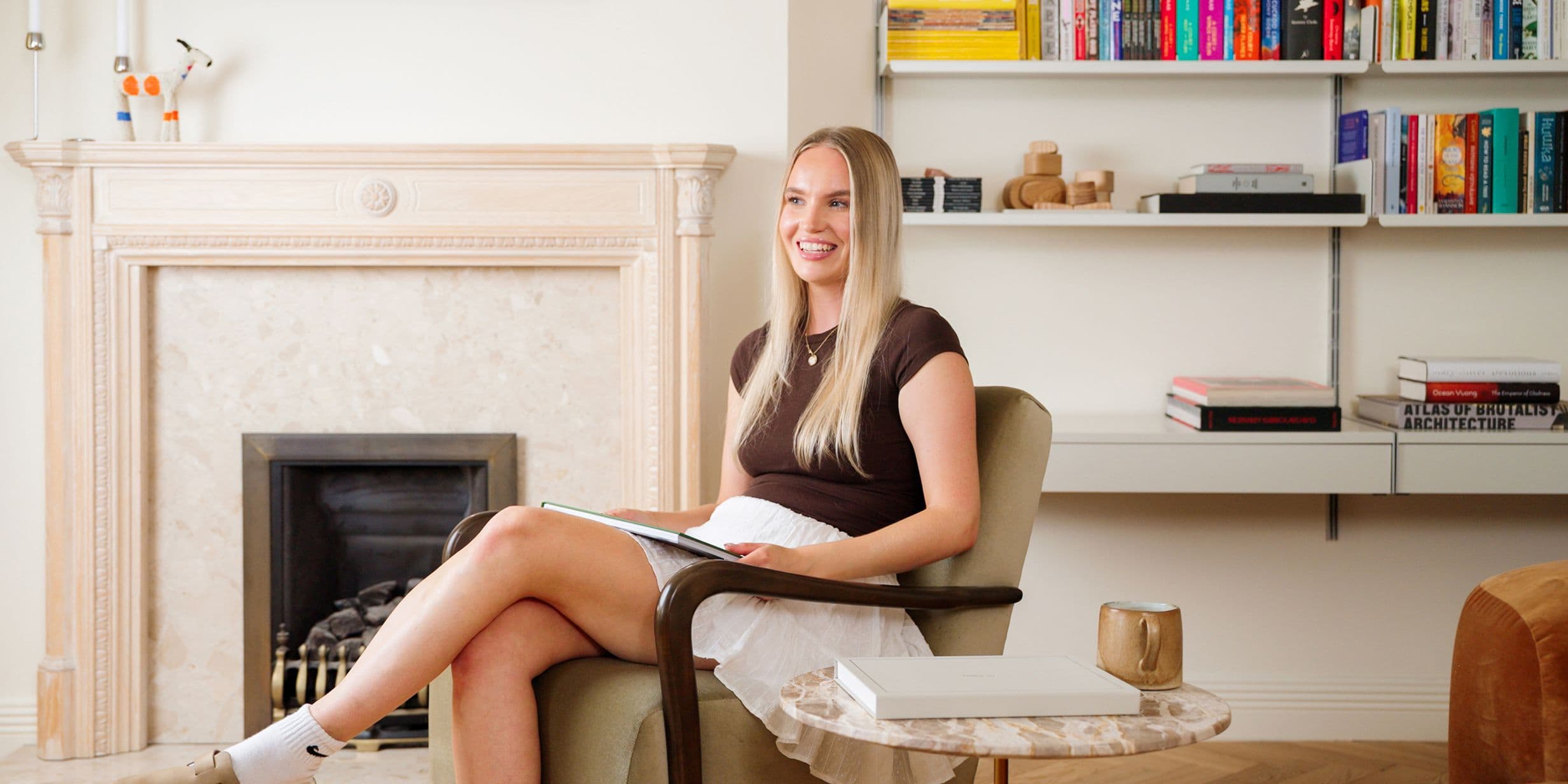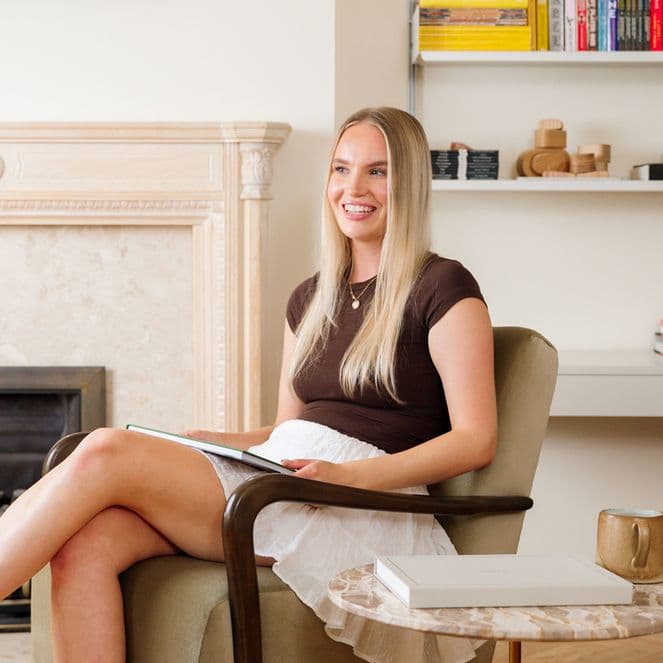Stories
Life in pictures: rejection therapy with Sophie Jones
From free petrol requests to public cheering, Sophie Jones turns awkward moments into tools for resilience – and teaches others to do the same


Stories
From free petrol requests to public cheering, Sophie Jones turns awkward moments into tools for resilience – and teaches others to do the same


The first time you watch Sophie Jones stride into Tesco in a wedding dress, you feel that reflexive pinch of secondhand embarrassment – the kind that immediately makes you want to look away. But Sophie doesn’t shy away from this emotion – she walks on.
Rejection therapy, as Sophie describes it, is an intentional series of tasks designed to make you feel discomfort on purpose: a daily, structured invitation to hear the word “no”, to feel the flush of exposure and to keep going. Sophie’s practice began as a 30-day challenge in May 2024, facing one uncomfortable task a day, every day, and it hasn’t stopped since.
Some gestures are playful (a loud cheer on a plane, borrowing a builder’s hat); some are bolder, like requesting free petrol and surviving the tumbleweed silence. The results aren’t the yeses, though there are many, but the tolerance Sophie has built for the feelings most of us arrange our lives to avoid. In conversation, she is disarmingly clear about why this matters: old grief, the shape of adolescent exclusions, the way self-consciousness can shrink a life.
Our short film traces that transformation and places it in the pages of a Popsa Photo Book – an unfiltered record of the moments as they were lived. If rejection therapy sounds like a dare, Sophie reframes it as hygiene – small, repeated exposures that leave you braver than you were the day before.
When you’re driving in the car listening to music and you’re feeling it and loving life, we stop singing when we pull up to the traffic lights because we’re aware that people are around us. So practice carrying on grooving to your music – it helps you get used to people perceiving you. Then you can just drive off so you’re not facing rejection or embarrassment in person.
Compliment a stranger and tell them to have a nice day.
Ask your friend to borrow a hairbrush. Would they like to borrow your perfume? Would they like some chewing gum?
If you wanted to push yourself, you could ask your barista for a discount on a coffee.
When you’re in a shop and you need the toilet, ask them if you could use the staff toilet.
I really encourage those who are just starting out with rejection therapy to take it slow. It’s anxiety-inducing, so it’s important to practise it in a way that feels comfortable to you.